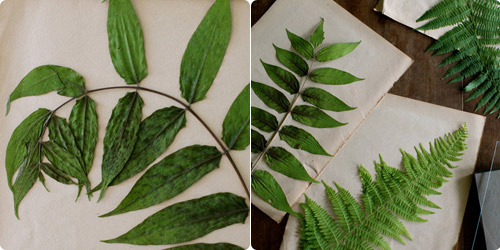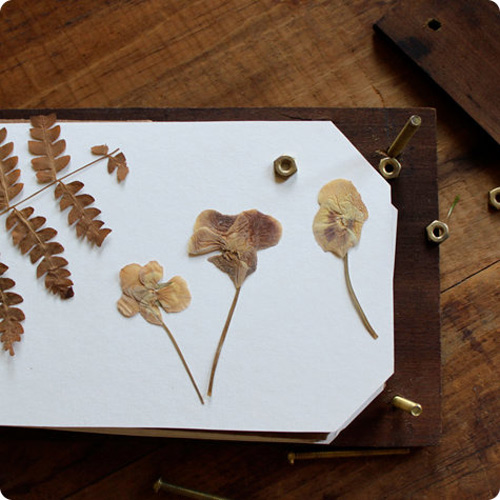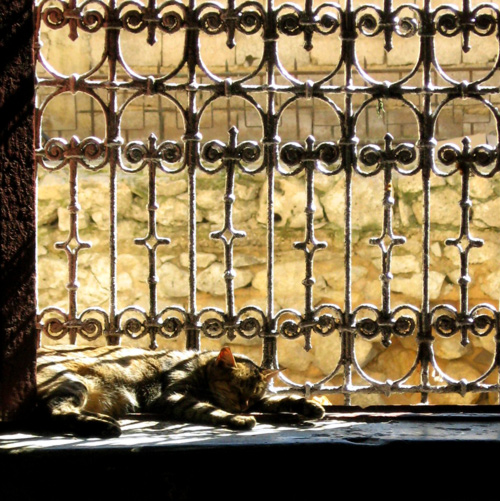
I had something completely different planned for my next post for you, but the weather here in Amsterdam today has been truly diabolical, and I have retreated back to the warmth and colour of Morocco again in protest. I hope you will forgive my selfishness, and I promise I’ll share more Amsterdam adventures very soon.

So, let me take you on a journey through another glorious city of Morocco, with a very different atmosphere to the relaxed vibe of Essaouira. Fes is one of Morocco’s four Imperial cities, and served as the country’s capital at various times depending on the whim of the king at the time. The 9th century medina of Fes al-Bali, the ancient walled city within the sprawling metropolis, is a truly bewildering maze of alleys and doors – getting lost within its walls is a right of passage for visitors to the city.
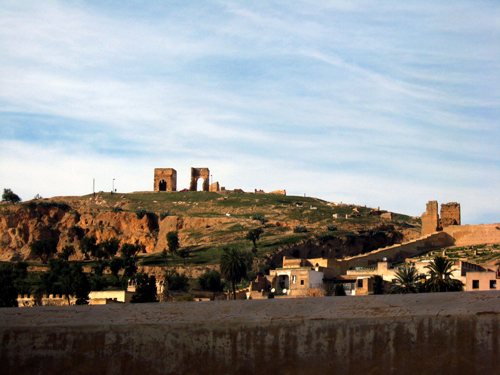
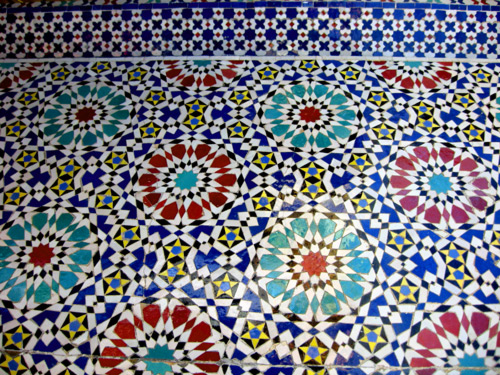

The city snakes along the valley of the River Fes; ancient fortress walls and turrets crown the surrounding hillsides, affording a great view of the medina below. The Blue Gate heralds the entrance to the old town, with the enormous minaret of the Kairaouine mosque visible through the arch. The attached University of Al-Kairaouine, founded in 859 AD, is the oldest continually operating university in the world, cementing Fes’ reputation as a city of great scientific and religious learning through the ages.



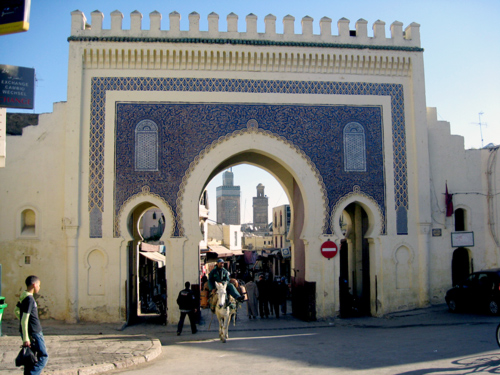
The medina of Fes el-Bali is overwhelming – a gigantic maze of tiny, intricate alley-ways and tunnel-like streets, with people, shops, animals and houses all piled on top of each other in much the same way they have been for centuries. Transport options are similarly traditional – donkeys are equipped with special shoes made from recycled tyres, which allow them to traverse the sometimes steep cobbled streets, especially when their panniers are packed higher than their heads! As a pedestrian, besides the donkeys, which give way to nobody, the kamikaze motorcycle riders make walking the narrow streets an adventure not for the faint-hearted.

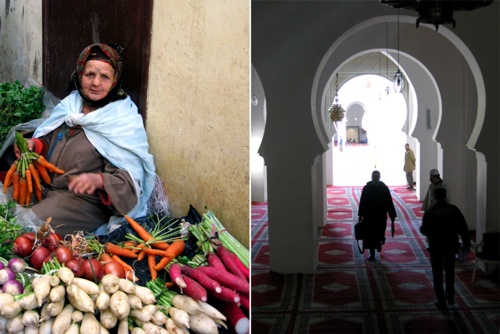

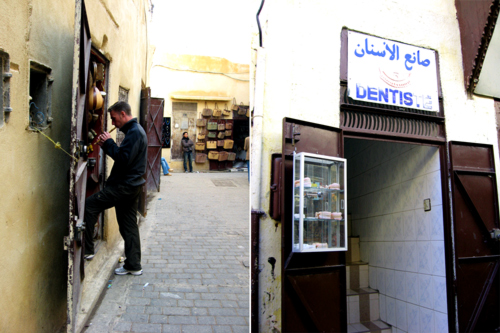
The souks buzz with colour and noise. Fes is renowned for its leather production, and the tanneries nestled deep within the leather souk have been operating in the same way by generations of the same families for hundreds of years. The view from the showrooms is one of the most picturesque (and subsequently photographed) views in the country.
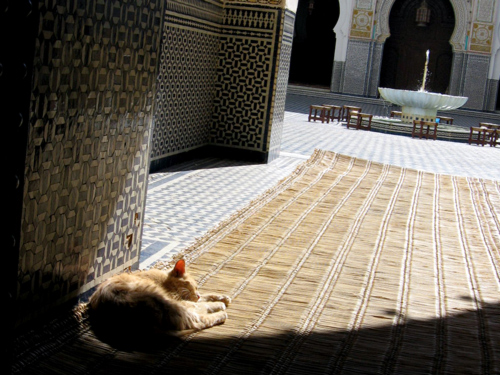



Other souks are the traditional home of weavers, coppersmiths, fresh food purveyors or sweetmeat and nougat producers. The busy streets are punctuated with the great arched entrances to mosques and madrasas: oases of calm tiled with mesmerising geometric mosaics and intricate carved-wood facades.
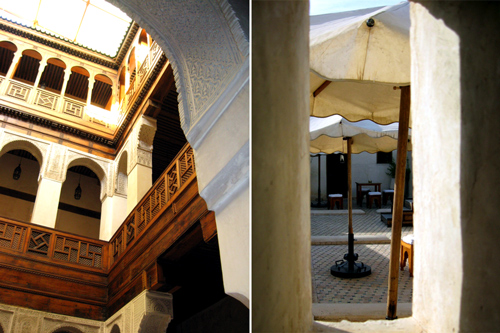
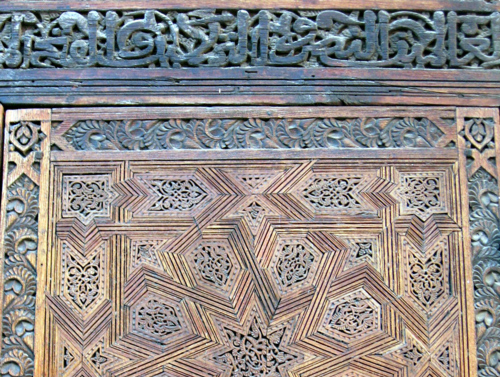
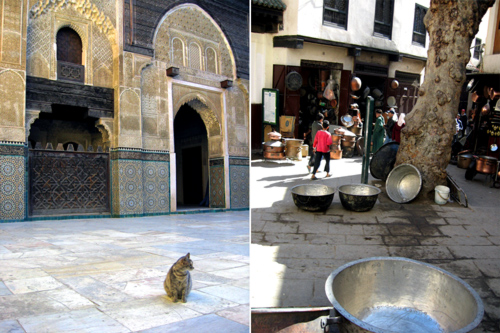
Beautifully restored caravanserai offer a welcome respite from the hustle and bustle; with spaces on the ground floor to accommodate both camels and their cargo, and accommodation above for their human masters, these trading houses provided temporary retail space for merchants to dispose of their exotic wares.


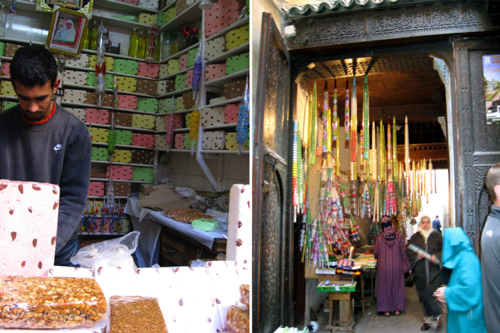
Outside the city limits, smoke rises from the pottery kilns the city is so famous for, producing intricate cobalt-glazed ceramics and zellij (mosaic tiles). One of the most impressive views of the city can be found from the roof terrace of the Crown Palace Hotel; perched high on the surrounding hillsides it provides the perfect vantage point, cocktail in hand, from which to take in the smoke-reddened sunset over the city. The evening call to prayers, swelling from the 40 or so mosques in the old city, echoes across the valley and delivers a truly magnificent soundtrack to a magical day in an intriguing city.
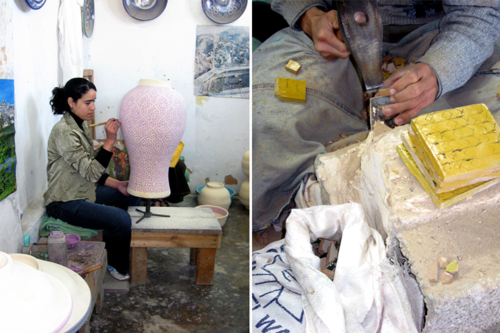
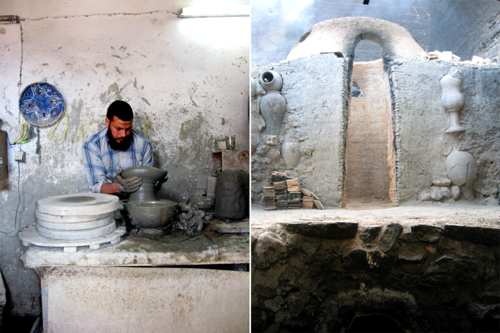
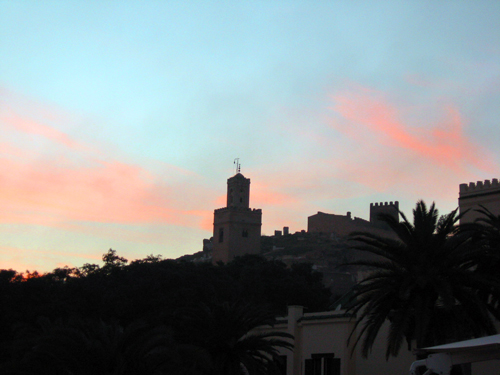
all text and photographs by zoë yule





